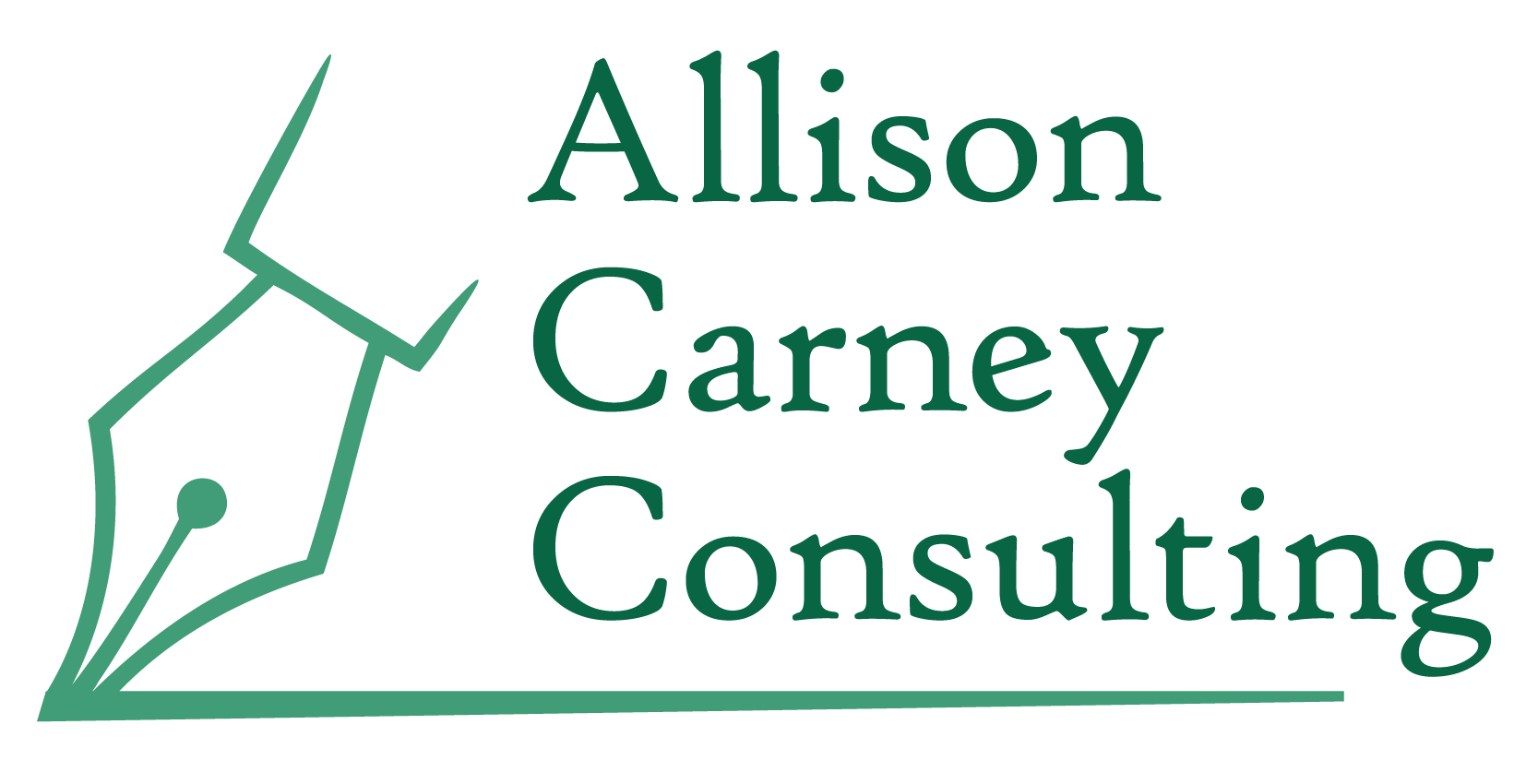Everyone hates spam e-mails. We’ve all gotten more cash offers in our inbox that we care to remember and who knows how many Nigerian princes have waited patiently for responses to their carefully-worded e-mails. So when our e-mail servers began filtering out spam messages through junk folders, we all collectively breathed a sigh of relief.
But this innovation created a new problem for nonprofits. Whether your list has 1,000 or 1,000,000 contacts, you have been using some type of mass e-mail software, such as Mailchimp or Constant Contact. And what we’ve found is that more and more of our messages are going directly to spam folders (even if you haven’t done something awful like buying a list).
This is infuriating for nonprofit communicators, for whom e-mail is still one of the best ways to communicate with our supporters. And while there’s no way to completely eliminate your e-mails going to spam, but there are ways to mitigate it. Here are some steps to get you started.
Step 1: Clean up your list data
Spam filters are more likely to flag your e-mail if you only have the recipients e-mail address in the send field. If you use a service such as MailChimp or Constant Contact, you can upload lists with additional data and use merge tags to include the recipients first name within the body of the e-mail. Sometimes putting the first name merge tag in the subject line can actually trigger spam filters, so I would recommend keeping it in the body of the e-mail.
However, you will always have contacts in your lists with just an e-mail and no name. If you can’t discern the name from the e-mail (such as firstname.lastname@gmail.com) to add it, you’re going to have a default value for that merge tag. That way you don’t send e-mails that start with “Dear [FIRST_NAME].” Some people choose friend, supporter, or advocate. Pro tip: keep in mind that your decision to capitalize or not capitalize the word matters!
Step 2: Clean up your list for engagement
First of all, I apologize that there are TWO cleaning steps. I know. It’s terrible.
Spam filters take notice of your engagement rate. The industry standard for open rates for nonprofits is about 20%. If yours is significantly lower, I recommend a two-step process. First of all, make sure you have removed all your bounces, which usually means that someone’s account has been closed and your e-mails are no longer delivering. The first step is to remove all people on your list that have bounced two times.
The second step is to conduct a re-engagement campaign. The Nonprofit Marketing Guide wrote a great post back in 2017 about different types and Email Monks have a few examples for you to steal. The most important thing is to remove these people once they don’t take part in your campaign! That way, you will increase your open rates and send e-mails to the right people.
Step 3: Avoid spam triggers
One trigger alone won’t send your e-mails to someone’s spam filters, but it’s always good to be on the safe side. Here are some lists of spam trigger words, but I’ve pulled out some that I think are most applicable to nonprofits:
- Free
- Amazing
- Anything in ALL CAPS
- Anything with money (dollars, $, pennies, etc.)
- Joining millions of Americans
- Click
- Congratulations
- Take Action Now
- What are you waiting for?
- Winner
Want to see how your e-mails are doing in terms of spammy-ness? Check out this free spam-tester. Note, this is on an e-mail by e-mail basis!
Step 4: Optimize your content
The best way to send better, more targeted e-mail is to optimize your content. Sometimes that means segmenting your lists. Sometimes that means shortening your newsletter. All of the time, it means focusing on what your audience wants to hear, as opposed to the news your nonprofit wants to share.
Mass e-mails should always be clean. I’m talking one-column design, limited pictures, short, and usually with only one call to action. Make sure there isn’t extraneous HTML or code throughout your e-mail, which can happen even if you copy and paste from Word without stripping the code from it in notepad or another application.
Step 5: Getting your followers to whitelist your e-mails
This is the step that has always made me roll my eyes at my computer. I always think, “Ah, perfect. Let me just ask people to take an extra step so they make sure to receive more mass e-mails. Everyone wants to receive more e-mails!”
So, yeah, I get it. It’s annoying. I would recommend two things: At the next board meeting, request everyone brings their laptops with them. Take 5 minutes during the meeting to get everyone to whitelist your accounts, ensuring future e-mails don’t get sent to the junk folder. Once you’ve done it with your board, do the same step with your staff.
Then move on to requesting your followers do it. The more e-mails that successfully arrive in inboxes and get read, the better your future e-mails will perform.
And those are a few tips to get you started. If you have more suggestions, leave them in the comments!


This is an excellent resource, Allison. Very helpful. And you give so many useful links. Thanks a lot. I am going to officially retire soon, but my business will stay open and I will continue to blog. I would love to continue to be on your distribution list and stay in touch. As I inch toward retirement, I am spending even more time with nonprofits, so your advice will continue to be helpful.
Lynn Gerlach
Principal
Tamarack Communication
(Sent from my iPhone)